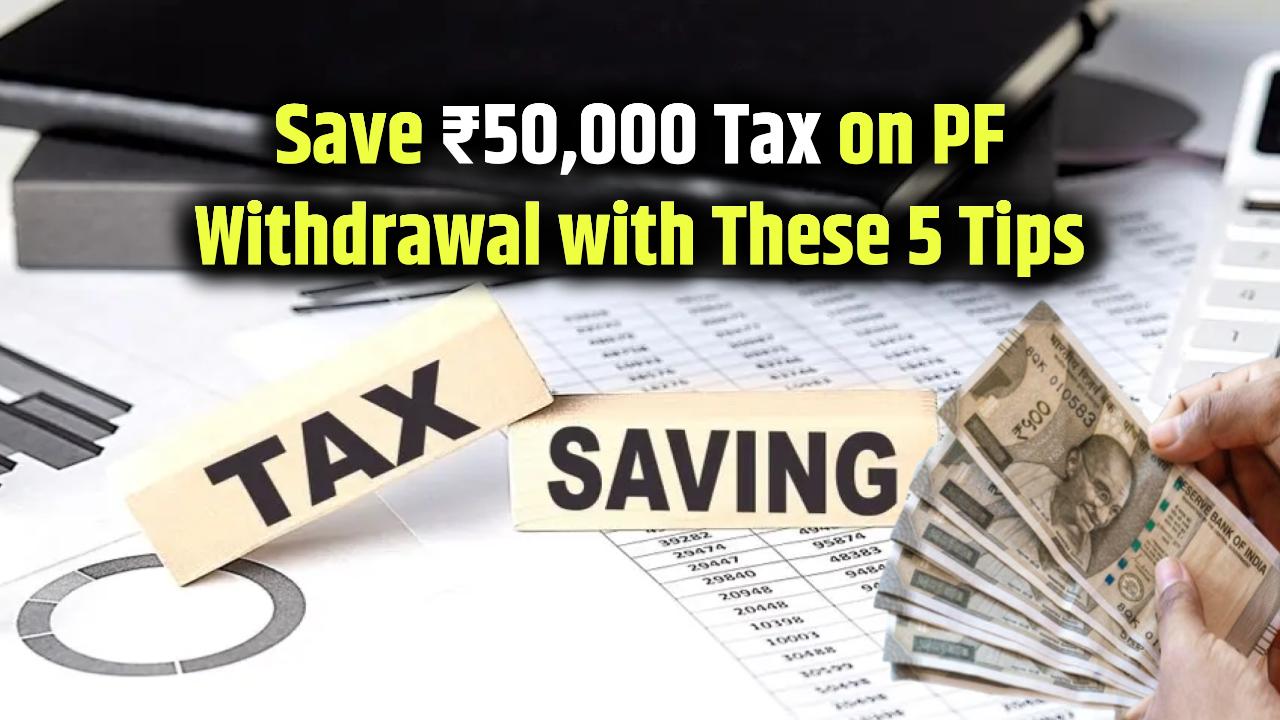
The Employees’ Provident Fund (EPF) is more than just a retirement savings account—it’s a crucial financial safety net designed to support you in both your working years and after retirement. The latest rules governing EPF withdrawals in 2025 clarify when and how you can access your money, especially the conditions for withdrawing your entire corpus versus partial withdrawals.
When Can You Withdraw 100% of Your EPF Balance?
Withdrawing your full EPF amount remains a privilege reserved for specific life events, primarily to protect your long-term retirement security.
- Upon Retirement (Age 58 and Above): The most straightforward scenario to withdraw your entire EPF money—both employee and employer contributions, plus interest—is when you retire at or after age 58. This is the natural exit point from the workforce, allowing full access to your savings.
- Permanent Migration Abroad: If you are permanently leaving India and exiting the country’s workforce, you can withdraw your entire accumulated balance. This is considered a complete severance from the EPF scheme.
- Permanent Disablement: In cases where a member faces permanent physical or mental disability that prevents any further work, full withdrawal of the PF balance is permitted.
- On Death of the Member: The full corpus is payable to the nominee or legal heir as a one-time settlement.
Limited Full Withdrawal During Unemployment
If you have lost your job, the rules allow for partial access followed by full withdrawal only after fulfilling a waiting period:
- Up to 75% Withdrawal After One Month of Unemployment: To help meet immediate financial needs post-job loss, you may withdraw 75% of your PF balance after one month without employment.
- Remaining 25% After 12 Months of Continuous Unemployment: Full withdrawal of the remaining balance is permitted only after you remain unemployed continuously for 12 months, reflecting an extension from previous rules that allowed this after just two months.
This phased approach encourages long-term savings retention even during career transitions.
Partial EPF Withdrawals (Advances)
You don’t always have to wait until these major milestones to tap into your EPF. The system allows partial withdrawals for important life events, with specific service requirements and withdrawal limits:
- Medical Emergencies: Withdraw up to six months’ basic wages or the employee’s contribution with interest, whichever is less. No minimum service period is required.
- Marriage and Education: Withdrawals are permitted for your own or family members’ marriage and education expenses, with service duration of at least seven years and limits on frequency of withdrawals.
- House Purchase, Construction or Loan Repayment: Up to 90% of your accumulated corpus can be withdrawn after three to five years of service, depending on detailed rules related to housing.
- Home Renovation: Subject to conditions, members can withdraw limited amounts related to home repairs or renovations.
- Retirement Age Advance: From age 54 and within one year before retirement, you may withdraw up to 90% of your corpus for financial needs.
Other Essential Conditions
- Tax Implications Before 5 Years of Service: EPF withdrawals before completing five continuous years of service become taxable and subject to tax deducted at source (TDS).
- Minimum Balance Retention: Recent rule updates mandate that at least 25% of your accumulated EPF balance remains intact in the account to ensure continued growth through interest (currently about 8.25% annually) and a stable retirement corpus.
What These Rules Mean for You
The EPF regulations balance your immediate financial needs against the core purpose of the fund: secure retirement savings. While partial withdrawals are increasingly flexible and simplified, full access to your EPF is carefully regulated and typically reserved for retirement or permanent exit scenarios. This approach protects your financial future while allowing support during emergencies and big life events.
These changes in 2025 also streamline withdrawal categories, reduce waiting periods in some cases, and expand permissible withdrawals for education and marriage, making the system friendlier without eroding the retirement cushion.





